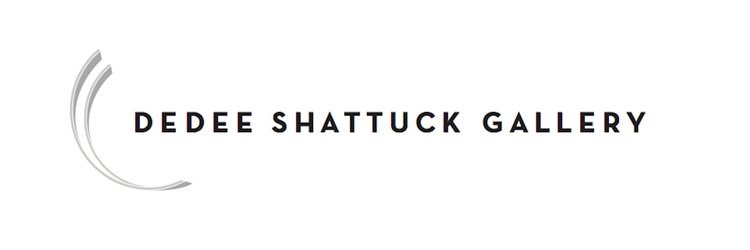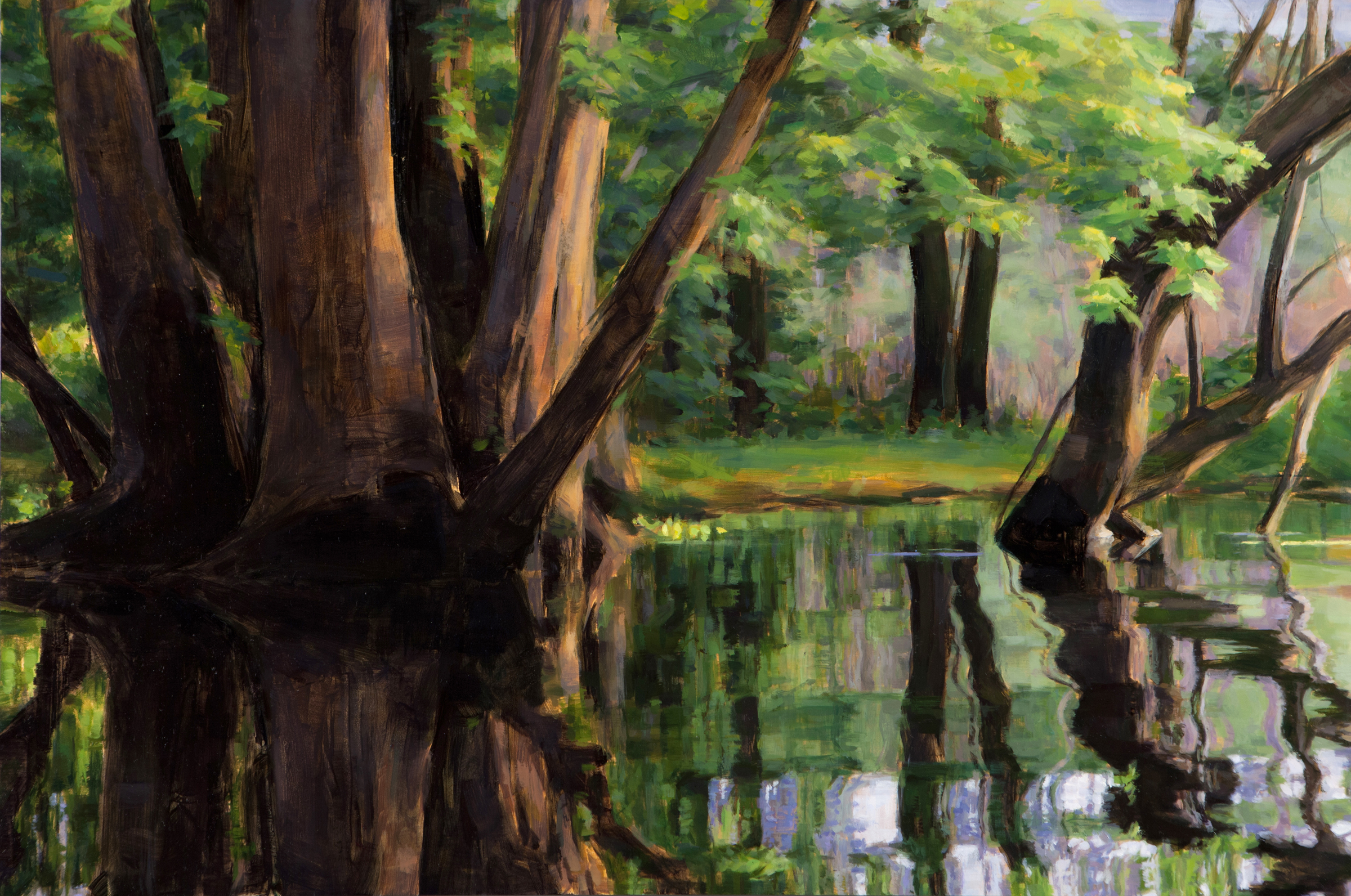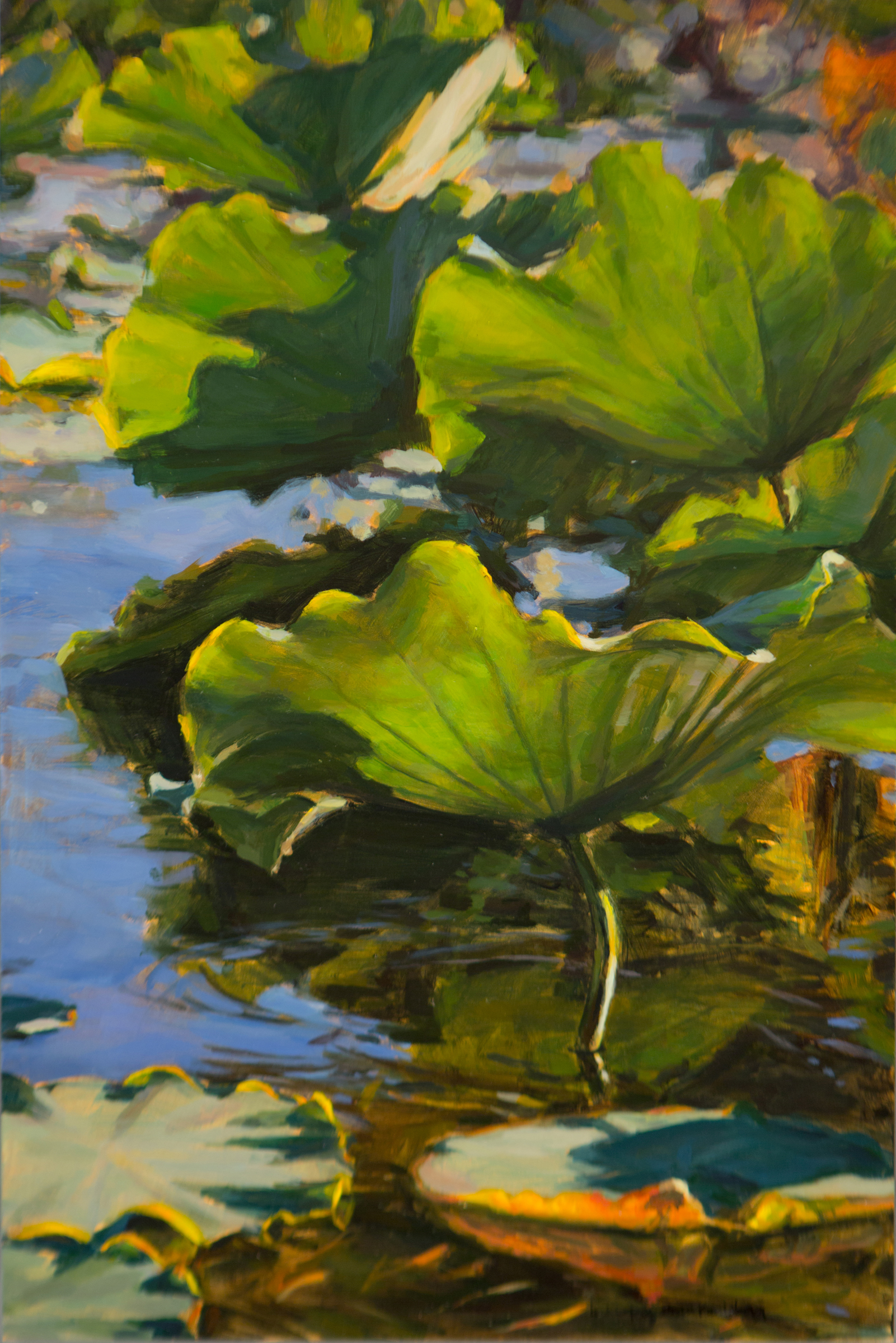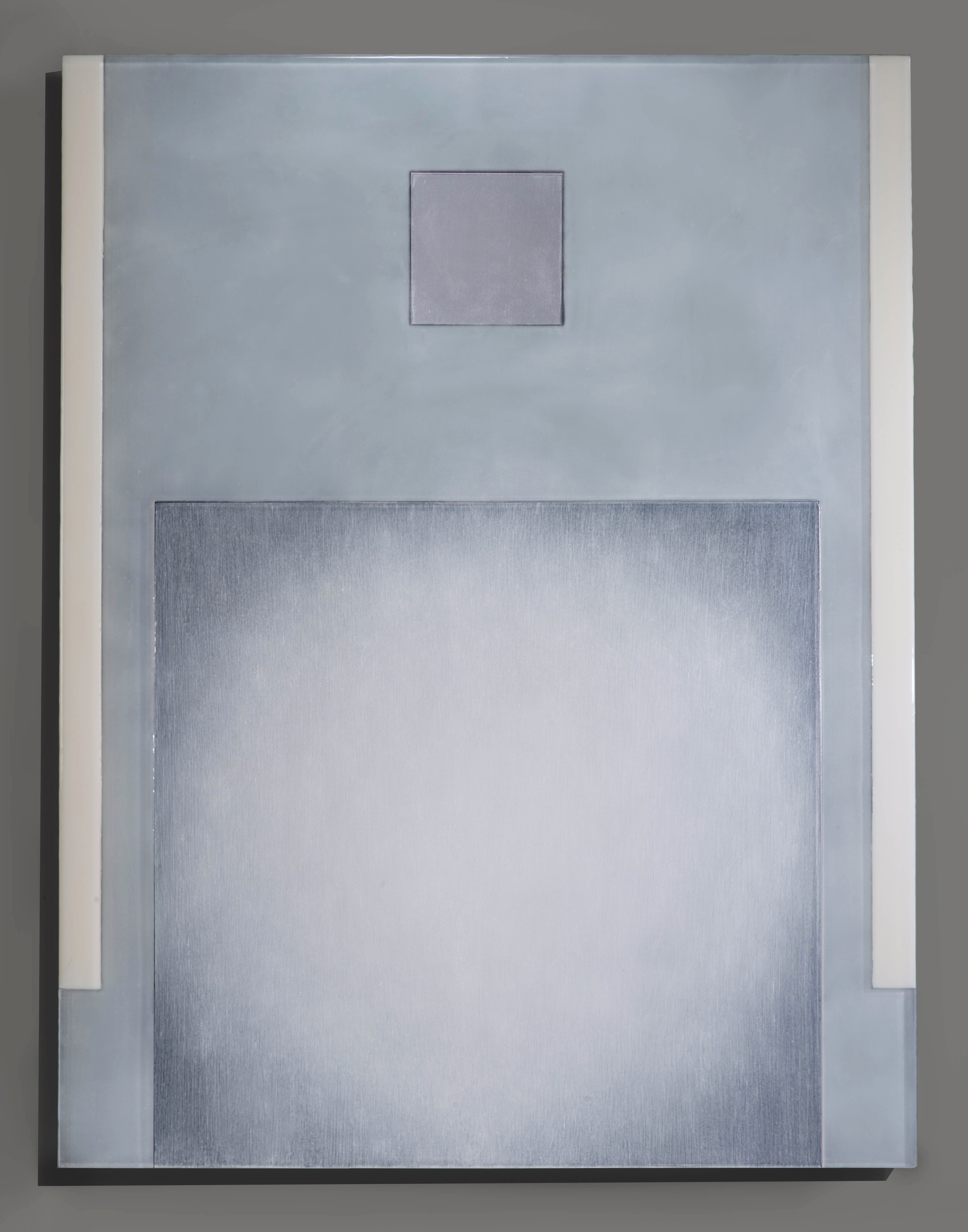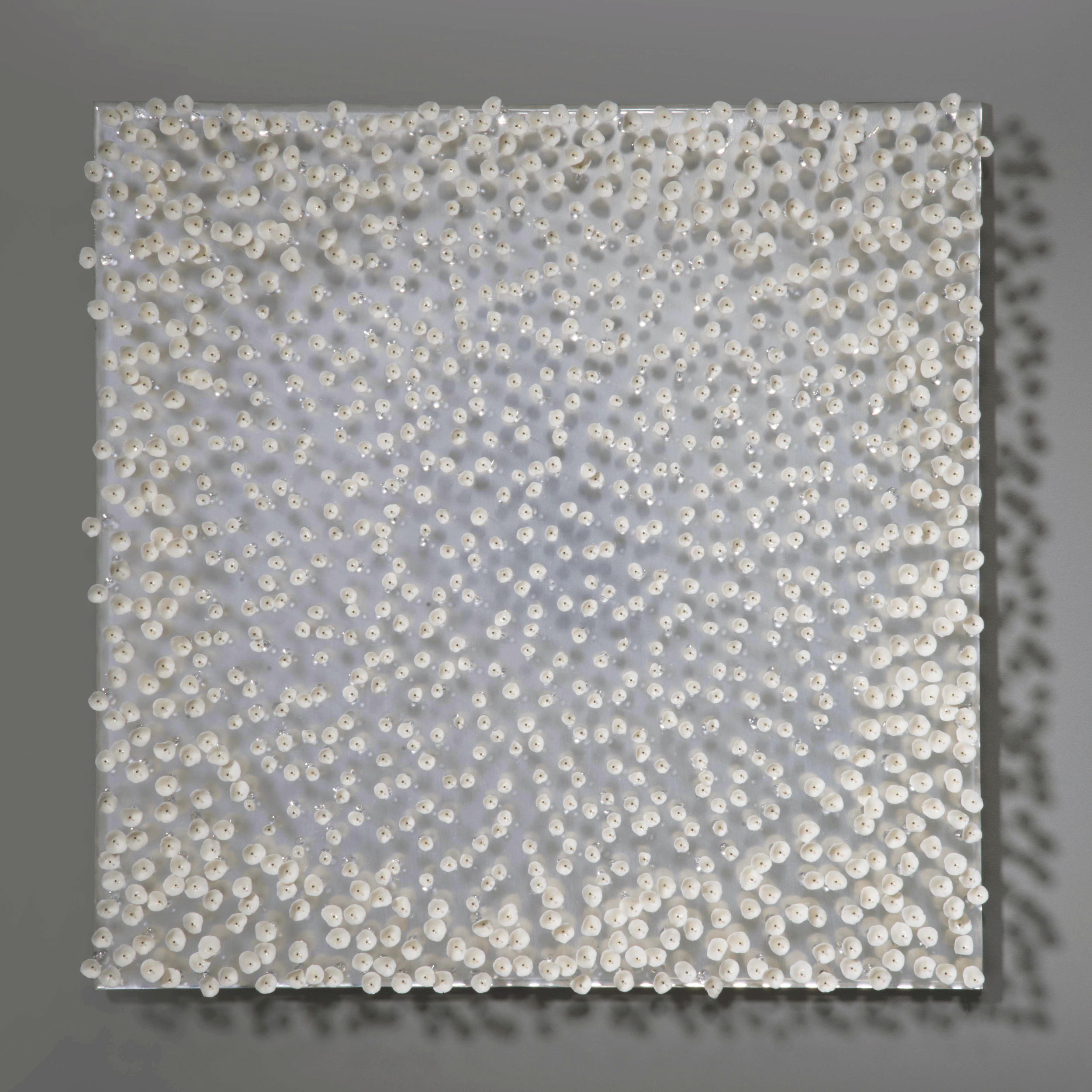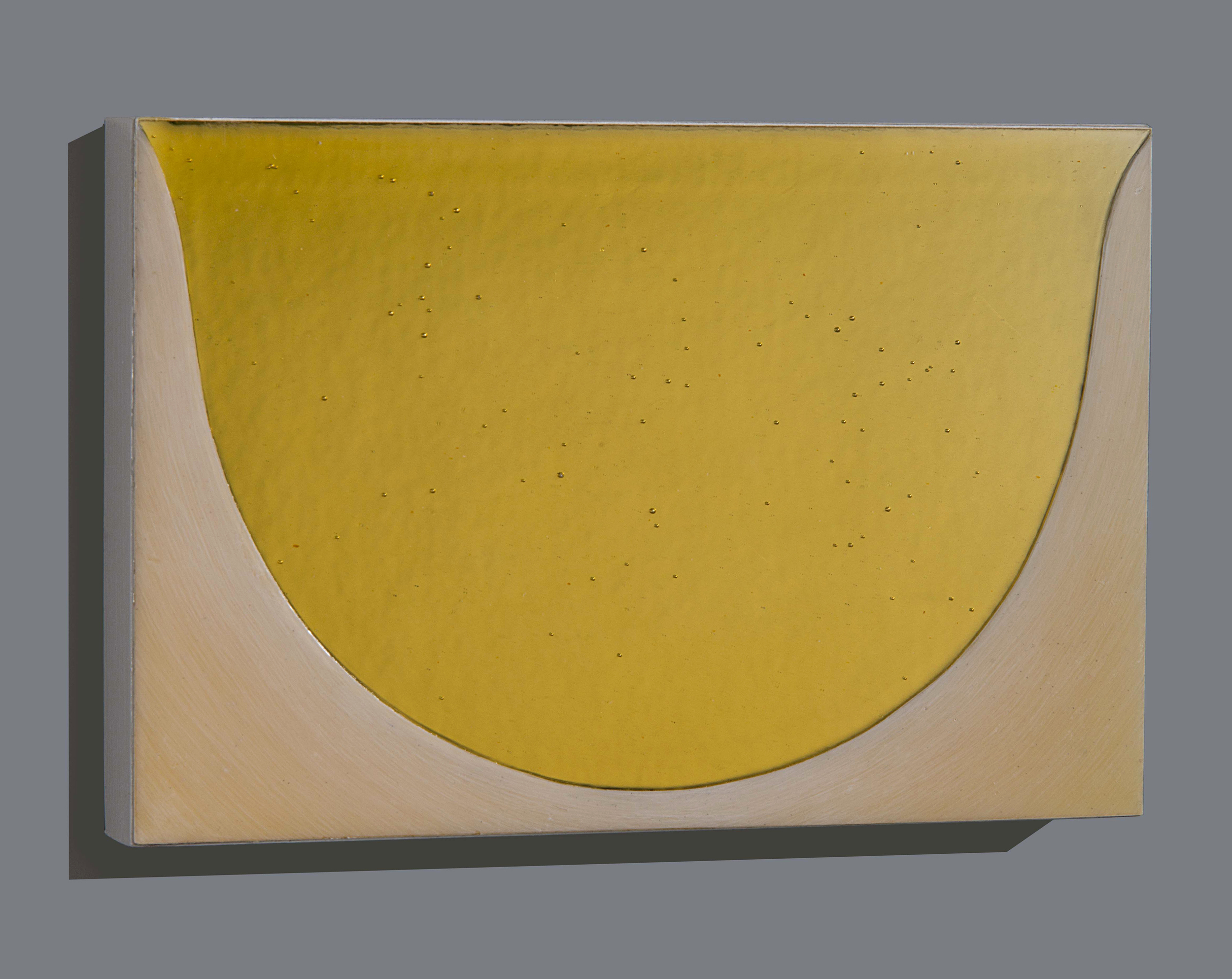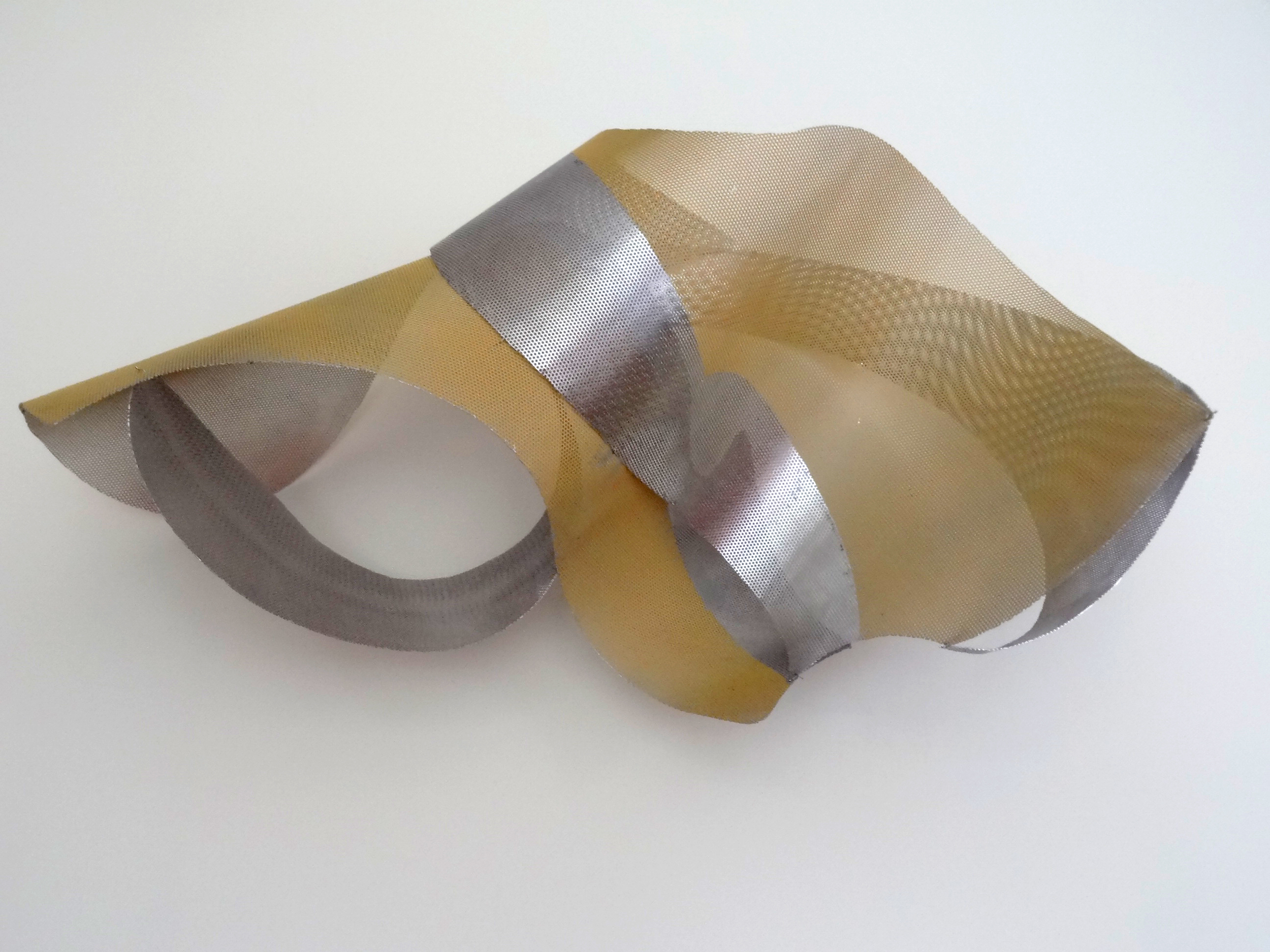A Closer Look
Allison Paschke, Linda Pearlman Karlsberg, & Nancy Selvage
Artists' Reception: Saturday, May 7, 5-7 pm
Wednesday, May 4th-Sunday, May 29th
Dedee Shattuck Gallery is pleased to present A Closer Look, featuring artworks by Allison Paschke, Linda Pearlman Karlsberg, and Nancy Selvage. The works in this exhibition explore the qualitiesof light and ephemerality as well as themes about nature, place, and moments of suspended time. Each artist, whose work is decidedly different from the next, arrests her viewers’ attention with expressive color, magnification of subject and scale, or repetition of a simplified form.
Linda Pearlman Karlsberg
My work is about light: about the conflicts of light and shadow, desolation and beauty, and about the emotional responses light provokes.
I paint the resulting interplay of color and atmosphere, of one texture and shape against another, and the dynamic exchange between forms and line in space. But most essentially I portray places that suspend me in their stillness or turbulence and trigger in me a visceral emotional response. I search for those times and places where beauty is startling and suddenly present. In depicting these fleeting visual encounters I paint the arresting color relationships that flare and bring a momentary expressiveness to the enfolding, lush tranquility of still corners or the immense intensity of roiling skies. In these moments I depict, the light orchestrates a compositional balance and order interrupting abundant disarray.
The Water Lily and Lotus paintings are landscapes in a foreshortened space. In these transient visions of a particular time and light, I work to evoke the glow that emanates from blooms reaching for the sun; the magic and mystery in the water’s surface; the multifarious lily pad and leaf forms that dance, twist, or plod across the surface...
Click here for a full statement.
BIOGRAPHY
Linda Pearlman Karlsberg is a painter and draughtsman based in Newton, Massachusetts, working in oils, watercolor, graphite, and lithographic crayon. She has been seeking to realize the world around her with pencil and paint for as long as she can remember. At Tufts University and Boston University College for the Arts Linda immersed in a study of visual art and rigorous studio practice. Her work was transformed through the mentorship of BU artist professors Conger Metcalf, Jack Kramer, Arthur Polonsky, David Aronson, James Weeks and Philip Guston. Linda earned both her BFA and MFA magna cum laude at BU, was awarded a teaching assistantship while an undergraduate, the Stein Memorial Award for Merit in the Arts upon graduation, and a graduate teaching fellowship in painting as a graduate student. After earning her MFA, Linda continued to teach drawing, design, and painting at Boston University, The Art Institute, and other Boston area colleges. With her husband, photographer Mark Karlsberg, she founded Studio Eleven, a professional photographic studio, in 1975. Their photographic images have earned and continue to garner a wide range of awards and accolades...
Click here for a full biography.
Allison Paschke
All of my work is interactive. Sometimes movement through space and light affects the experience; sometimes the interaction is directly physical. I am looking for a present tense engagement, not a remote contemplation. My process is an intuitive balancing of the tensions between opposing forces.
Object vs. Place: While each wall piece, sculpture, or installation consists of physical objects, it also creates a place for the mind. The altered mirrors are soft distorted worlds to move past and peer into; The installations become worlds inside tiny porcelain elements; the small box sculptures form hand-held rooms, and so on.
Geometry vs. Imperfection: The attraction toward geometric simplicity is followed by a desire to add subtle complexity. For example, a perfect porcelain cube slumps in firing, or a simple square mirror develops richness and variation with the addition of translucent layers. Geometry is abstract perfection; imperfections enrich an otherwise sterile perfection.
Subtlety vs. Intensity: To reduce, simplify, and visually quiet an image leads to the magnification and intensification of visual phenomena. Cracks and wrinkles are rich and tactile on an all-white porcelain surface. Shifts in texture between brush strokes and tiny bubbles become significant in a context of almost monochrome amber-colored resin.
The Miniature vs. the Vast: Each piece shifts between tiny and huge. Large wall and installation pieces are filled with thousands of tiny details that pull viewers into an intimate closeness. Tiny sculptural or wall pieces contain areas of emptiness that open out into a void. The porcelain boxes are hand-held size but contain a simple glowing world of indeterminate scale. A piece containing multiple elements such as droplets or letterforms must have so many that they seem infinite.
Two vs. Three Dimensions: The impulse to enrich a flat surface balances a desire to simplify a dimensional object, and so each piece lies between two and three dimensions. For example, a translucent resin block is both a solid object and a permeable plane. In mirror paintings, because compositions are kept simple and open, the viewer’s reflected presence becomes part of the composition itself. The cubical sculptures conjure the image of a physical space to enter, yet each side is flat.
Fragility vs. Immortality: The ephemeral is especially beautiful to me: the passing of light and the delicate and fragile. Trying to capture these things is a futile bid for immortality. Porcelain is an ideal material to express this paradox, as it is both easy to break and durable in the earth.
BIOGRAPHY
After her first eight years growing up in RISD’s backyard (both parents were alums), Allison Paschke spent her childhood moving around the country with her artist mother. As an only child, she spent much of her solitary time creating tiny objects. Small living spaces and an itinerant lifestyle developed her interests in portability and the miniature. Her first BFA at UC Santa Cruz focused on photography, a pursuit that led to a lifelong interest in light. Eventually Paschke found her true voice through porcelain: its delicacy, its materiality, and its paradoxical durability and fragility. During this time, Allison lived in a series of tiny apartments with two active toddlers. The living conditions helped to develop her inclination toward minimal, soothing work. Paschke attended Kansas City Art Institute for her second BFA in Ceramics, with an emphasis on wheel-thrown pottery. Very thin and translucent porcelain became her primary focus. While earning her MFA at Cranbrook Academy of Art, she shifted toward sculpture and began experimenting with other translucent and delicate materials such as treated tissue paper and epoxy resin.
In 1999 Paschke and her family returned to Rhode Island. Having more studio space has allowed her to work on a large scale, though she continues to make small, intimate works. Paschke’s current work explores geometry and light through wall pieces and installations. She uses reflective and translucent materials such as mirrors, porcelain, acrylic gel mediums, and resin. Her work is often interactive in terms of touch, light, and sound. In recent years, Paschke has exhibited in solo and group shows in Providence, Brooklyn, San Francisco, and other locations nationally. Her work is included in national and international private collections as well as in several corporate and museum collections. She curated three installation exhibitions in the Providence area, and since then has become part of a wonderful network of artists in Rhode Island and beyond.
Nancy Selvage
Sculpture is the medium through which I embrace and cope with the complexity of life. I work with a variety of materials to create environments and objects that engage others in a discovery process by altering and concentrating the experience of space and substance. The context in which I am working mediates the physical quality, emotional response, and significance of each piece. Whether I make a plate on a table or a sculpture on a plaza, I am interested in the convergence of actual, implied, and symbolic content to express social and environmental concerns.
BIOGRPAHY
Nancy Selvage received a BA in Art History from Wellesley College and an MFA in Sculpture from the School of the Museum of Fine Arts/Tufts University. Her sculptures have been recognized and supported by numerous exhibitions, public art commissions, reviews, residencies, and awards (including two Artist Fellowships and New Works Commissions from the Massachusetts Cultural Council). Her public art commissions include work for Bristol Community College in Fall River, MA; the City of Lowell, MA; the City of Cambridge, MA; Keene State College in Keene, NH; the National Park Service’s Grand Canyon Visitor Center, AZ; the North Carolina Zoo in Ashboro, NC. Selvage’s artwork can be seen at http://www.nancyselvage.com.
Nancy Selvage’s educational career includes a long tenure as Director of the Ceramics Program at Harvard University and guest teaching at Shanghai Institute of Visual Art, Massachusetts College of Art, Ewha University in Seoul, School of the Museum of Fine Arts Boston, and Rhode Island School of Design. As the Director of Harvard’s Ceramics Program, she convened artists, scholars, and students from around the world for culturally focused symposia, workshops, lectures, and museum collection study tours. As an honorary professor at Tohoku University, Japan she contributed an art/science perspective to a variety of interdisciplinary, international conferences
